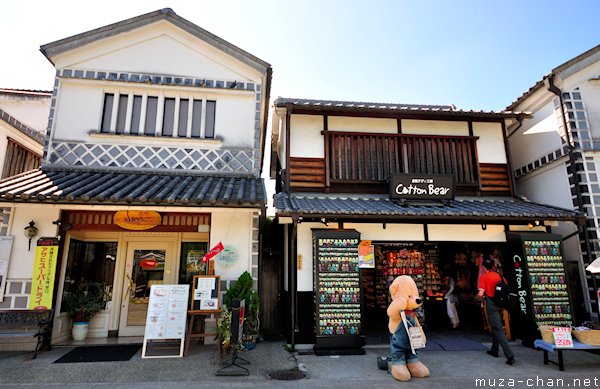In some parts of Japan, the traditional storehouses (kura) are protected with wall cladding from charcoal tiles: namako walls. It is an aesthetic technique but more than this, it was at the time a revolutionary construction technique, protecting the walls against rain, snow and wind erosion.
The tiles were arranged in various patterns, most often horizontally, as you can see on the building on the right of the today’s photo. A more stylish method was the one displayed on the building on the left, with a rhomboidal pattern and joints covered with thick, white plaster.
During the Edo Period, skilled craftsmen were able to manually build very aesthetic joints, perfectly rounded on top. Today, of course, it is a lot simpler: the joints are sold pre-shaped, ready to be pasted on the dark colored tiles (you can see an interesting set of images on namako walls technique).
EXIF Info:
|
Yesterday’s Japan Photo:Bicycle parking |



